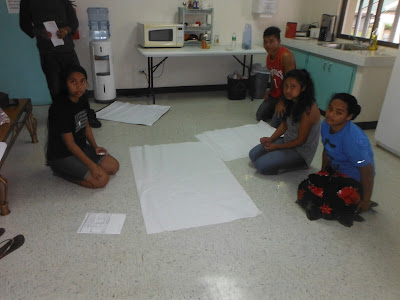Google Sheets xy scatter graph charts gains ability to display linear regression equation on chart

At some point Google Sheets gained the ability to display the equation of the linear regression trend line on the xy scatter graph. With a trend line added to the data and the legend set to display, there are additional customization options in the advanced edit dialog box: The location of the legend currently affects whether R-squared, the coefficient of determination, is visible in the legend. These features are "early days" and there appear to be some kinks to work out. Beyond being on the right or below, the legend can also be displayed inside the chart area. While R-squared disappears, the linear regression equation displays in a layout that will be less confusing to a student. This capability furthers the capacity of Google Sheets and Google Docs to produce laboratory reports for courses such as physical science.




